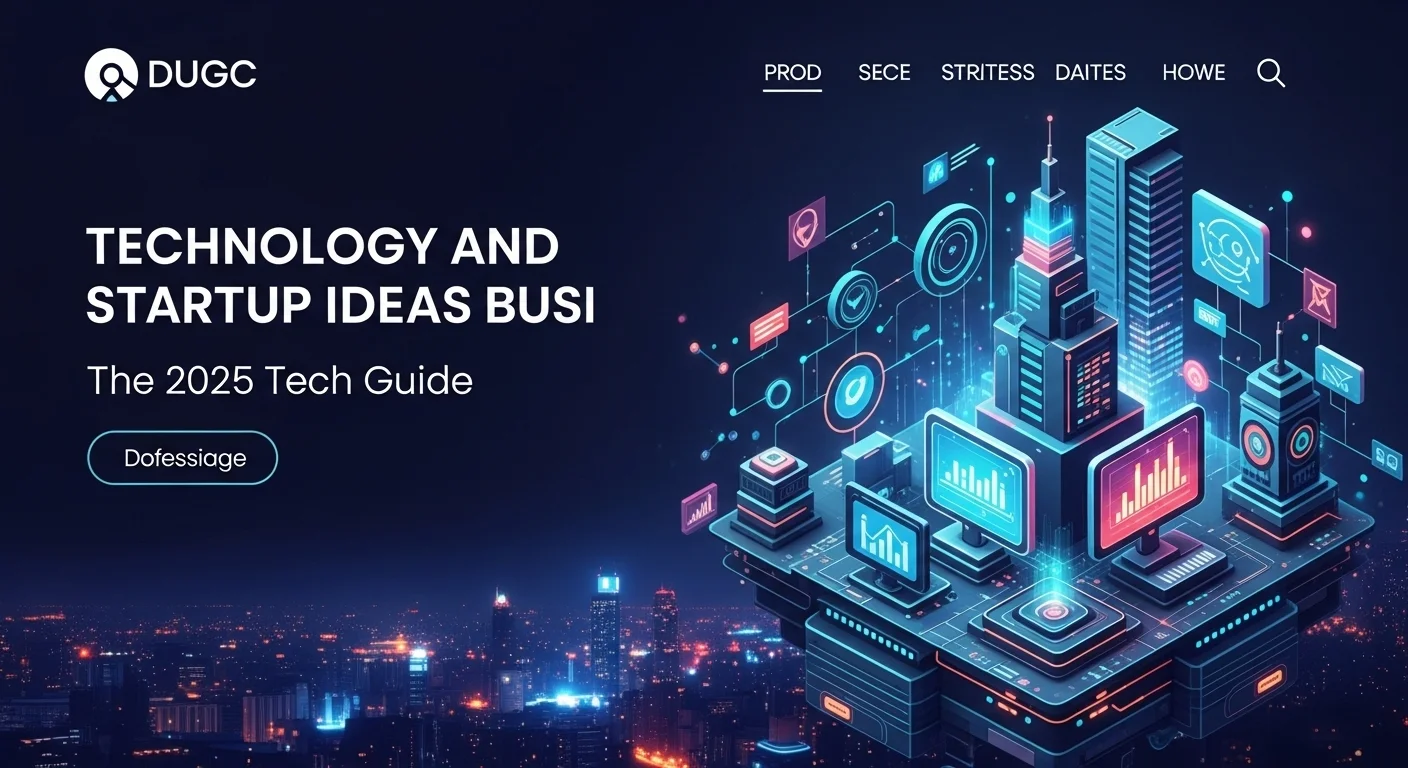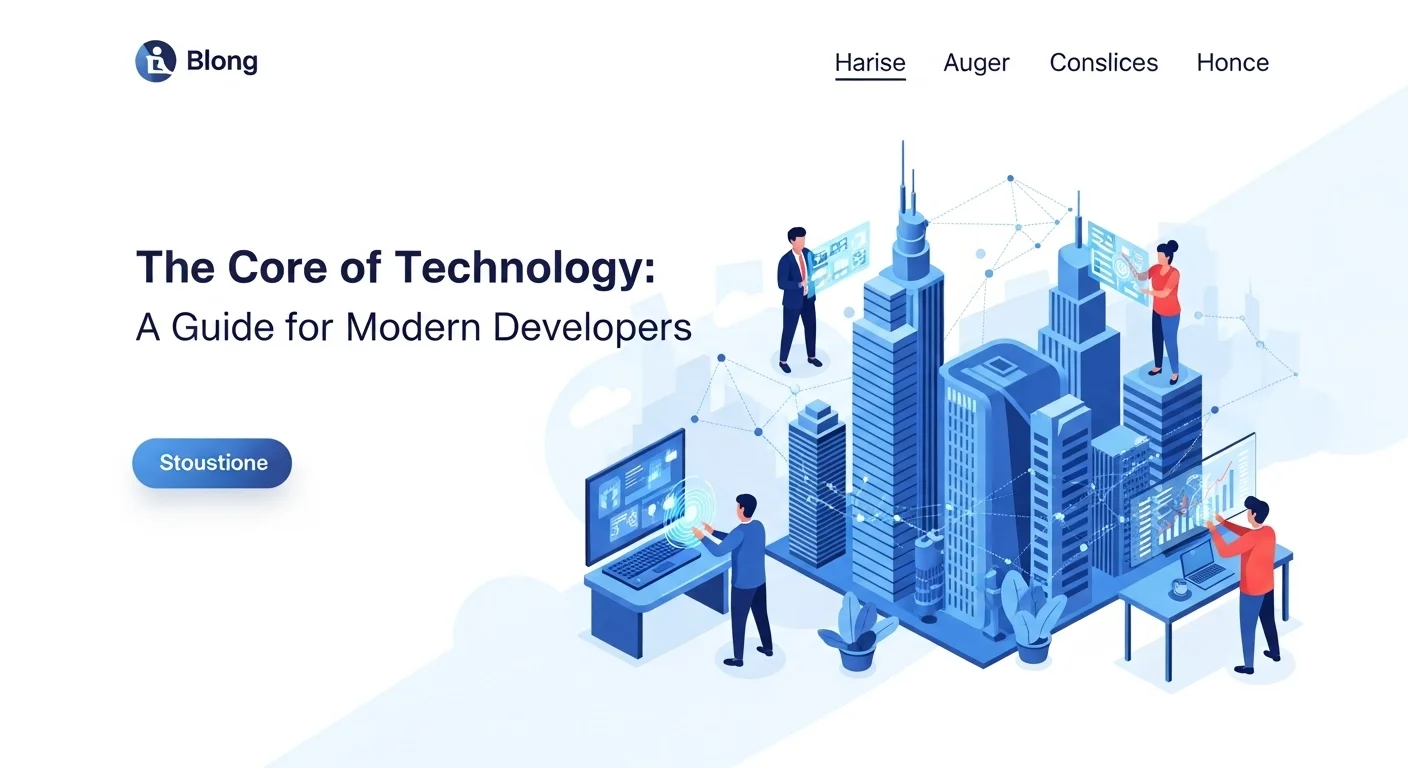Uncovering the True System Cost of Technology: Beyond the Price Tag
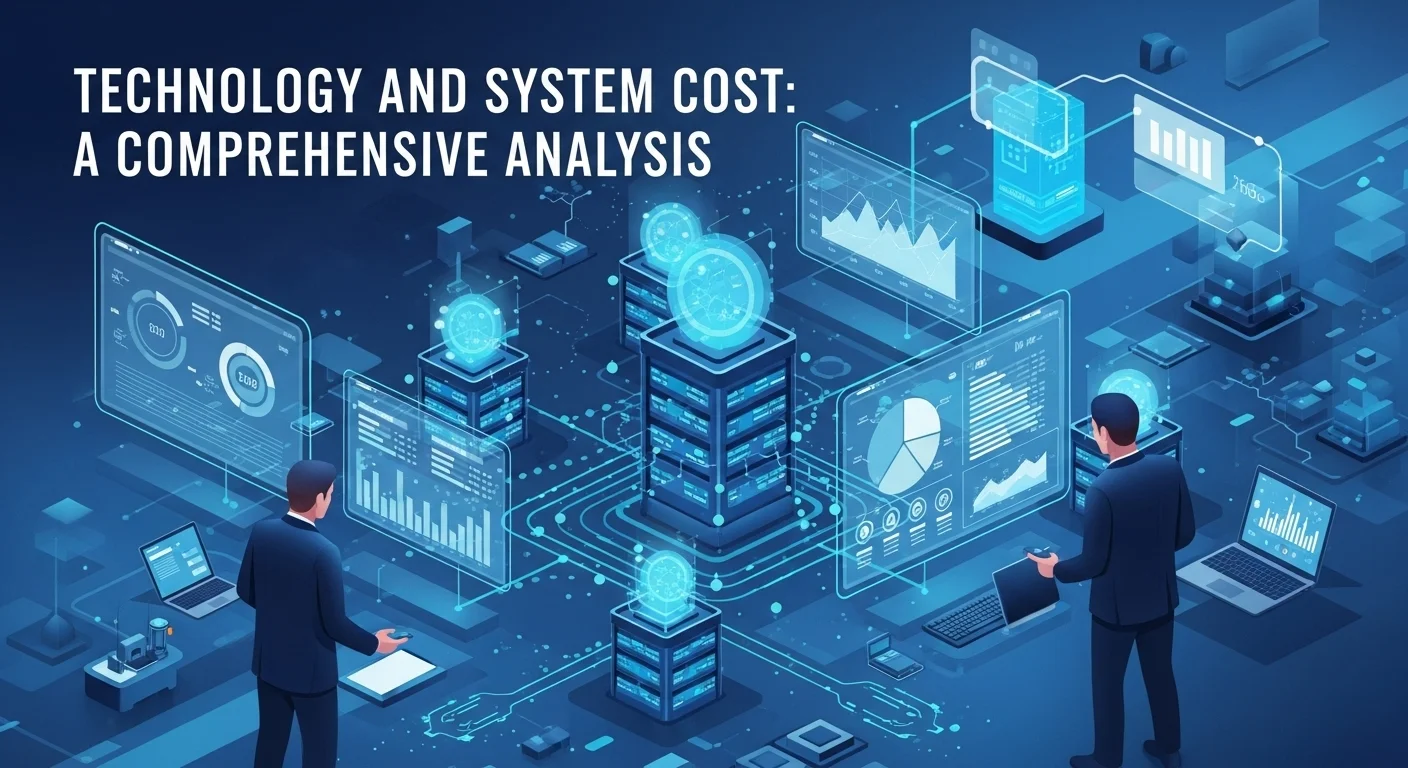
Executive Summary
I've been in the tech world for over 15 years, and if there's one mistake I see businesses and homeowners make over and over, it's looking only at the initial sticker price. The real 'System Cost' of any technology goes so much deeper. We're talking about the Total Cost of Ownership (TCO), which covers everything from installation and maintenance to those sneaky hidden fees that can pop up later. In this guide, I'll walk you through why understanding the full system cost is vital for getting a good return on your investment (ROI) and keeping your network secure. We'll also dive deep into the exciting world of smart homes, breaking down the actual costs behind high-end systems like Savant and Control4, so you can build your dream setup without any nasty financial surprises.
Table of Contents
Table of Contents
- What is System Cost and Why Does It Matter?
- The Core Components of System Cost (TCO)
- System Cost in the World of Home Automation
What is System Cost and Why Does It Matter?
In our tech-heavy world, we're always buying new gadgets and software. But I've seen too many people fall into a common trap: they focus on the shiny price tag and forget about all the other costs that come later. This complete financial picture is what we call System Cost, or more officially, the Total Cost of Ownership (TCO). Think of TCO as the real, all-in cost of a piece of tech, from the day you buy it to the day you get rid of it. Getting this number right isn't just about budgeting; it's a strategic move that determines whether your investment pays off, your network stays secure, and your new system is a joy to use instead of a headache.
I remember a client who bought a 'bargain' server for their small business. The initial price was great, but the ongoing maintenance, unexpected software incompatibilities, and downtime ended up costing them nearly double what they would have paid for a more reliable, albeit more expensive, system upfront. That's TCO in a nutshell. Studies have shown that the purchase price is often just the tip of the iceberg—sometimes as little as 20% of the total cost. The other 80% is eaten up by management, support, and other 'hidden' expenses. Ignoring these can lead to blown budgets and a poor return on investment (ROI), whether you're a global company or just a homeowner trying to build a smart home.
The Core Components of System Cost (TCO)
To really get a handle on this, let's break down what goes into the total system cost. It’s a mix of obvious expenses and some that are harder to spot.
Direct Costs: The Tangible Expenses
These are the costs you can easily see on an invoice or a price list.
- Acquisition Costs: This is the straightforward purchase price of the hardware and software. For a business, it’s new laptops or software licenses. For your home, it's the cost of that smart thermostat or video doorbell. This is the starting point for calculating the initial cost of home automation system hardware.
- Implementation and Installation: Tech doesn't set itself up. This includes paying someone for installation, configuring the network, and getting it to play nice with your other systems. For a sophisticated smart home system cost, professional installation can be a major factor, often billed hourly.
- Maintenance and Support: Many systems, especially for businesses or high-end smart homes, require ongoing support contracts to get tech help, updates, and security patches. For instance, the total control 4 system cost often includes a service plan with your dealer.
- Upgrades and Replacements: Tech gets old. Factoring in the cost to upgrade or replace systems down the line is a huge part of TCO.
- Training: You or your employees need to know how to use the new system. The cost of training materials and the time spent learning are real expenses.
Indirect Costs: The Hidden Expenses
These are trickier to measure but can have a massive financial impact.
- Downtime: When a system crashes, the business stops. The lost revenue and wasted employee salaries during that time can be a huge indirect cost. At home, a glitchy smart system is just plain frustrating and a time-waster.
- Management Time: This is the time your IT team (or you!) spends troubleshooting, running updates, and managing the system. It’s time that could be spent on more important things.
- Energy Consumption: All those devices, from big data centers to tiny smart plugs, use electricity. Over a few years, this can add up to a significant operational cost.
- Security Risks: The cost of a security breach is staggering. Investing in good cybersecurity is a critical part of your system cost; skimping here can lead to disaster.
System Cost in the World of Home Automation
The smart home market is a perfect example of system cost in action. The overall smart home system cost is much more than the price of a few smart bulbs. High-end systems like Savant and Control4 really highlight the TCO concept.
The savant system cost, for example, isn't just about the cool remotes and controllers. It includes mandatory professional programming and installation. This ensures a flawless, personalized experience but adds a lot to the initial price. A basic Savant project might start around $5,000, but a fully tricked-out home can easily top $50,000. That price reflects the expert skill needed to make it all work together seamlessly.
Similarly, the control 4 system cost includes the dealer's design and installation work, software licenses, and integration of all your devices. While sometimes more budget-friendly, a solid Control4 setup for an average home can still run from $20,000 to $50,000 or more. A key difference I point out to clients is that Savant's Apple-based platform often appeals to iPhone users, while Control4 offers broader compatibility.
One component that can really drive up the price is high-quality audio. The savant audio system cost for multi-room, high-fidelity sound can be a huge part of the budget. It delivers a premium experience, but you have to decide if that amazing sound quality is worth the significant investment.
Ultimately, whether you're a business deploying new software or a family building a smart home, understanding the total system cost is the key to making a smart decision that you'll be happy with for years to come.
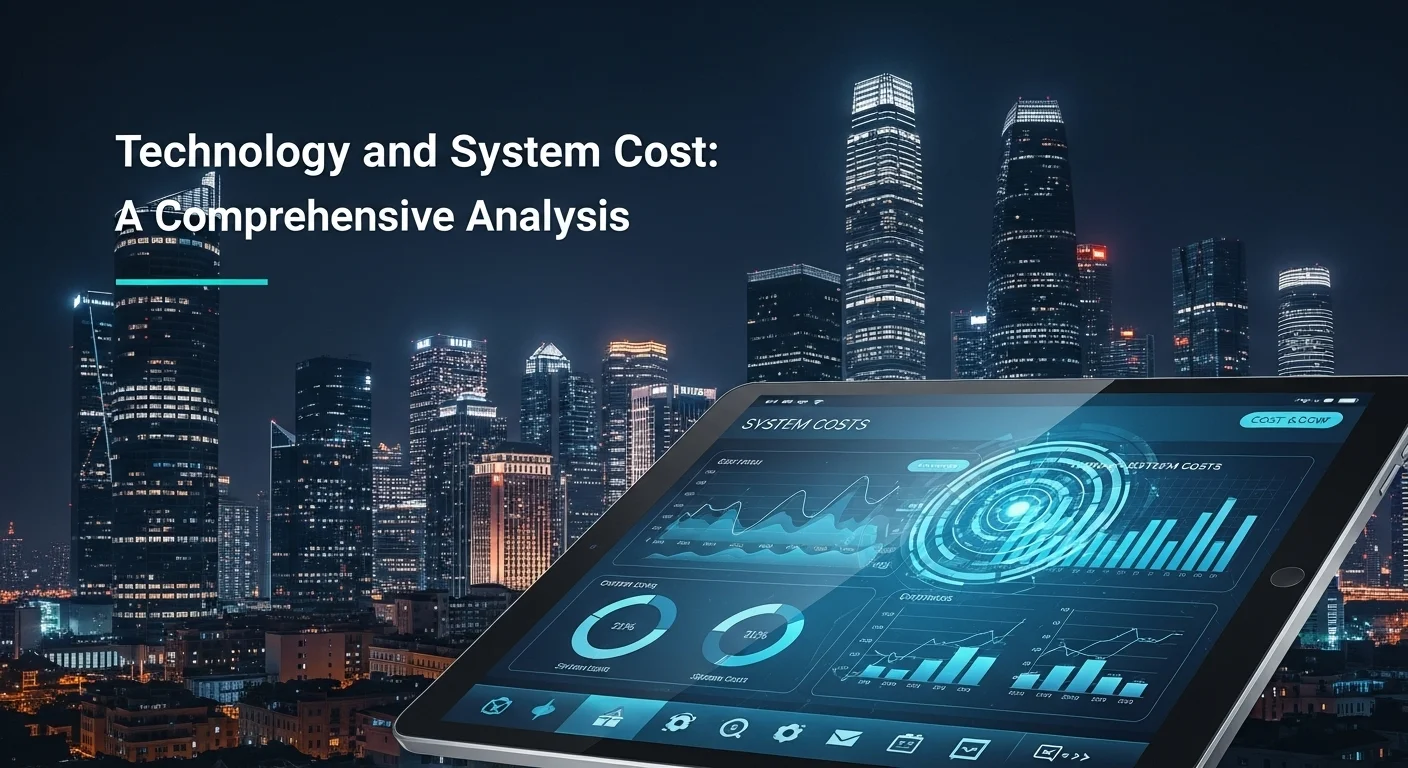
How to Actually Calculate System Costs: A Practical Guide
Analyzing system cost is more than just adding up receipts; it's about using proven methods to build a realistic financial picture. This guide will walk you through the practical techniques used to evaluate the true cost of technology, from corporate IT solutions to complex smart home projects. By mastering these approaches, you can make clear, data-driven decisions and feel confident in your tech investments.
Technical Methods for System Cost Analysis
A few key frameworks can help you calculate and compare technology costs objectively.
1. Total Cost of Ownership (TCO) Analysis
TCO is your best friend for understanding the lifetime cost of a tech asset. Here’s a simple, step-by-step way to do it:
- List All Costs: Brainstorm every possible expense over the system's life. Think acquisition, setup, operation, maintenance, training, and eventually, disposal.
- Put a Number on It: Assign a dollar value to each item. Direct costs are easy (the price of the hardware). For indirect costs like downtime, estimate how much revenue or productivity is lost per hour and multiply it by the expected downtime per year.
- Set a Timeframe: Calculate TCO over the system's expected lifespan, usually 3 to 5 years for computer hardware.
- Compare Your Options: Add up all the costs over your timeframe. You might find that a system with a low upfront price actually has a much higher TCO because of expensive maintenance or support.
2. Return on Investment (ROI) Calculation
While TCO looks at costs, ROI tells you what you're getting back. It measures the financial gain from your investment. The basic formula is:
ROI (%) = [(Financial Gain - Cost of Investment) / Cost of Investment] x 100
A positive ROI means the investment is making you money (or saving you more than it costs). The 'gain' can come from:
- More Revenue: A new sales tool helps your team close more deals.
- Cost Savings: A smart thermostat shaves 15% off your energy bill—that's a tangible return.
- Better Productivity: Faster software lets your team get more done.
Calculating ROI helps shift the conversation from 'How much does it cost?' to 'How much value will it create?'.
Business Techniques and Resources
Beyond the formulas, here are some practical tips I always share with my clients:
- Create a Comparison Chart: When looking at different vendors, make a spreadsheet. Compare them on TCO, ROI, features, customer support, and scalability. Don't just trust the sales pitch.
- Request a Formal Proposal (RFP): For big projects, an RFP forces vendors to give you a detailed breakdown of costs and services, making it easier to compare apples to apples.
- Run a Pilot Program: Before you commit to a company-wide rollout, test the solution with a small group. This is the best way to uncover hidden costs and issues.
- Use Cost Management Tools: For cloud services, tools from the FinOps world are a lifesaver. They give you a real-time look at your spending so you can spot waste and optimize costs.
Case Study: The Real Cost of a Smart Home System
Let's look at a real-world example: comparing a DIY smart home setup with a professionally installed system like Savant or Control4.
TCO Showdown: DIY vs. Professional Systems
Imagine you want to automate your home. Here are your two main paths:
Path 1: The DIY Approach
- Acquisition Cost: You buy components individually: a smart thermostat ($200), video doorbell ($250), smart lock ($300), some smart bulbs ($450), and a few smart speakers ($400). Total: around $1,600.
- Implementation Cost: Your own time. I'd estimate at least 20 hours for research, setup, and troubleshooting. If your time is worth $50/hour, that's a $1,000 hidden cost right there.
- Operational Costs (3-Year): Factor in potential subscription fees for cloud storage or extra features, maybe $30/month ($1,080 over 3 years).
- Estimated 3-Year TCO: ~$3,500 - $4,500 (and that doesn't count the frustration of managing it all).
Path 2: The Professional System (e.g., Control4 or Savant)
For a foundational system, a basic control 4 system cost might start around $5,000, while a similar savant system cost could be in the $5,000-$10,000 range. Let's look at a more complete project.
- Acquisition & Implementation Cost: A mid-range professionally installed system bundles hardware and installation. For a whole-home project, this could be anywhere from $15,000 to $40,000. Let's use $25,000. This single price covers the main controller, touchscreens, keypads, and all the expert design, programming, and setup.
- Operational Costs (3-Year): You might need a dealer support plan, which could be $500-$1,500 for peace of mind.
- Estimated 3-Year TCO: ~$26,000 - $30,000
The TCO makes it clear: while the initial DIY smart home system cost is much lower, the professional system provides a completely different value—reliability, seamless integration, and expert support. You're paying for it to 'just work'.
What's the ROI on a Smart Home?
The return on a smart home is a mix of hard numbers and lifestyle benefits.
- Tangible ROI: You can calculate energy savings from smart thermostats and lighting. Better security might lower your home insurance. A high-end system can also boost your home's resale value.
- Intangible ROI: This is the big one—the convenience, comfort, and peace of mind you get. These are often the main reasons people invest in the first place.
When you're looking at something like a dedicated savant audio system cost, the justification is almost entirely intangible—it’s for the love of incredible sound. The total cost of home automation system has to be weighed against this blend of financial return and personal enjoyment.
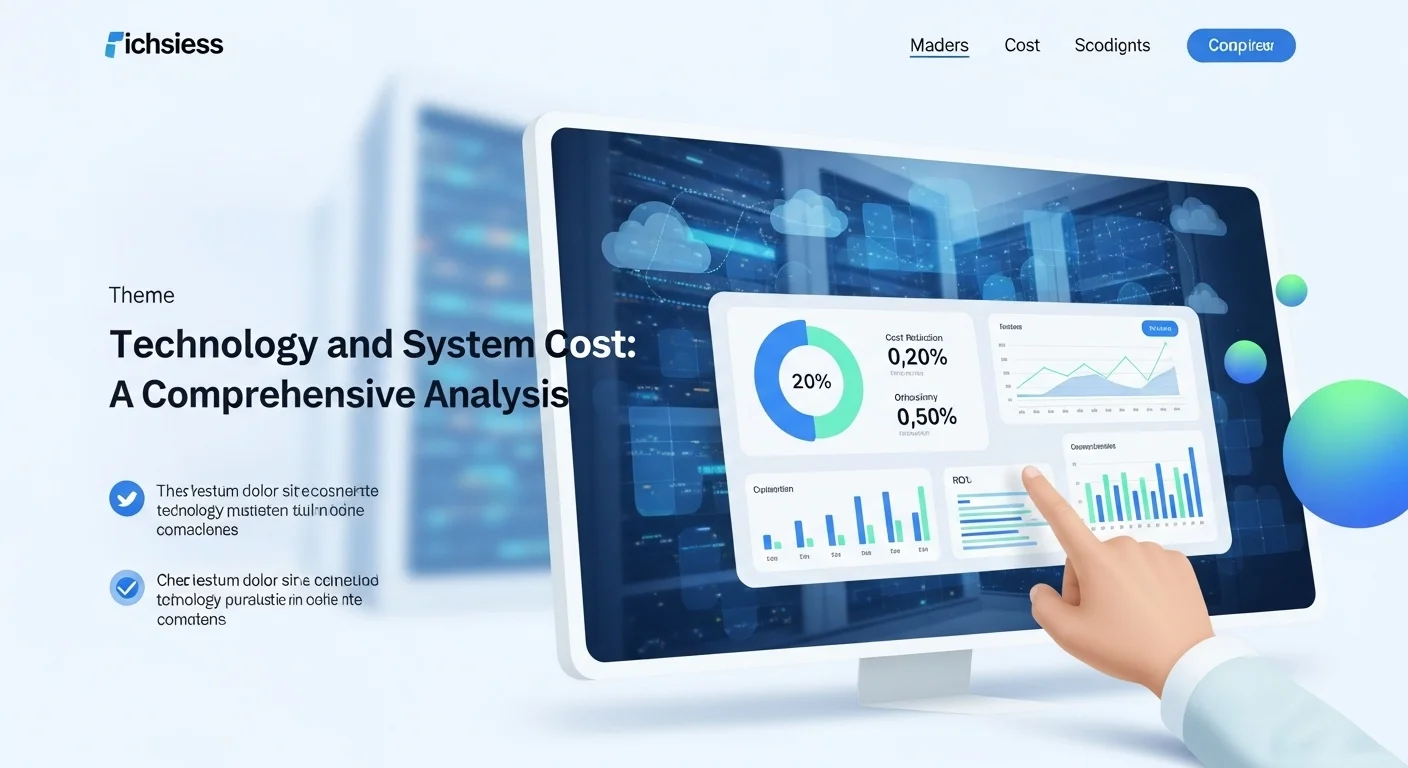
Smart Strategies to Lower Your Tech Costs (and Get More Value)
Managing system costs effectively isn't about being cheap; it's about being smart. It's about optimizing value so you get the most out of every dollar you spend on technology. Whether you're a CIO with a huge IT budget or a homeowner planning a smart home, these strategies can help you save money, improve performance, and have a better experience.
Best Practices for Business Technology Cost Management
For any business, keeping tech costs in check is an ongoing effort that should support your main goals.
1. Stop Buying Tech; Start Investing in Goals
Your IT budget shouldn't just be a list of expenses. It should be a strategic plan. Before you approve any tech purchase, ask: How will this help us make more money, work more efficiently, or get ahead of the competition? This approach ensures every dollar is spent with a purpose and contributes to a positive ROI.
2. Audit Your Tech Stack Regularly
Your technology needs change. I recommend auditing your systems at least twice a year. Are you paying for software licenses nobody is using? Do you have three different apps that do the same thing? Are your cloud servers bigger than you actually need? These audits are the best way to find and eliminate waste.
3. Tame Your Cloud Bill with FinOps
The cloud is flexible, but its pay-as-you-go model can lead to shockingly high bills if you're not careful. Adopting a FinOps (Financial Operations) mindset is key:
- Keep an Eye on Spending: Use cloud cost management tools for a clear, real-time view of where your money is going.
- Rightsize Your Resources: Constantly check if you're paying for oversized or idle servers.
- Use Discounts: Cloud providers like AWS and Azure offer big discounts if you commit to using their services long-term. Take advantage of them.
- Automate Shutdowns: Set up policies to automatically turn off development and testing servers after work hours.
4. Prioritize Your Cybersecurity Investment
I can't stress this enough: cutting corners on cybersecurity is a terrible idea. The cost of a single data breach—in fines, recovery, and lost trust—is almost always more than the cost of preventing one. Investing in firewalls, security audits, and employee training isn't an expense; it's insurance against a financial catastrophe.
Tips and Strategies for Home Automation Costs
For homeowners, the goal is to get the most convenience, comfort, and security for your budget. Managing the cost of home automation system is all about smart planning.
1. Define Your Priorities and Start Small
I always tell my clients: don't try to boil the ocean. You don't have to automate your entire house on day one. Figure out what matters most to you. Is it security? Energy savings? Entertainment? Start with one area, like a smart thermostat and a video doorbell, and build from there. This makes the initial smart home system cost much easier to swallow and helps you figure out what you really want.
2. Understand the DIY vs. Professional Trade-off
As we've discussed, the DIY route is cheaper upfront but costs you in time, effort, and potential headaches. Professional systems like Savant and Control4 cost more but offer a seamless, worry-free experience.
- Get multiple quotes from certified dealers to compare the control 4 system cost and savant system cost.
- Ask exactly what's included in the price: hardware, programming, installation, and after-sales support.
- Be upfront about your budget. A good installer can design a great system that meets your priorities without breaking the bank.
3. Plan for the Future (This is a Big One!)
This is my most important piece of advice. When you're building or renovating, think about the future. Running extra network and speaker wire is cheap and easy when the walls are open but incredibly expensive and messy later. A strong, hardwired network is the foundation of a reliable smart home, so invest in it early. This is crucial for systems from both Control4 and Savant.
4. Be Honest About High-End Features
Premium add-ons can make the price skyrocket. That high-fidelity, multi-room savant audio system cost can add tens of thousands to a project. Before you say yes, ask yourself if you truly need that level of performance. Maybe a simpler audio solution is good enough. The same goes for things like motorized shades or a dedicated home theater. Focus on the features that will bring you the most joy every day.
Ultimately, whether you're a business deploying new software or a family building a smart home, understanding the total system cost is the key to making a smart decision that you'll be happy with for years to come.
To stay on top of the latest trends in technology, from AI to enterprise tech, I often turn to trusted sources. A great one for high-quality analysis is TechCrunch. You can check them out at TechCrunch.com for insights that can help you make smarter decisions.
In the end, managing system cost is a strategic game. For businesses, it's about constantly planning and optimizing. For homeowners, it's about balancing your budget with your dreams. By using these strategies, you can avoid hidden costs and ensure your technology serves you well for years. The goal isn't just to spend less—it's to spend smarter.
Expert Reviews & Testimonials
Sarah Johnson, Business Owner ⭐⭐⭐
The information about System Cost is correct but I think they could add more practical examples for business owners like us.
Mike Chen, IT Consultant ⭐⭐⭐⭐
Useful article about System Cost. It helped me better understand the topic, although some concepts could be explained more simply.
Emma Davis, Tech Expert ⭐⭐⭐⭐⭐
Excellent article! Very comprehensive on System Cost. It helped me a lot for my specialization and I understood everything perfectly.

